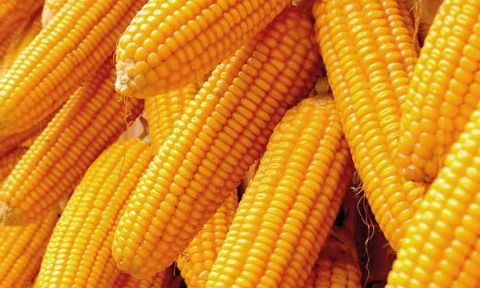Description
Scallions (also known as green onions, spring onions, or salad onions) are vegetables of various Allium onion species. They are a variety of young onions found in every grocery store and in thousands of recipes. A scallion is made up of a white base that has not fully developed into a bulb and long green stalks that resemble chives. Both the white and the green parts are used in recipes and eaten both raw and cooked.
Scallions have a milder taste than most onions. Their close relatives include garlic, shallot, leek, chiveand Chinese onion.
Although the bulbs of many Allium species are used as food, the defining characteristic of scallion species is that they lack a fully developed bulb. Allium species referred to as scallions have hollow, tubular green leaves growing directly from the bulb.
Uses
Spring onions may be cooked or used raw as a part of salads, salsas or Asian recipes. Diced scallions are used in soup, noodle and seafood dishes, sandwiches, curries and as part of a stir fry. In many sauces, the bottom half-centimetre (quarter-inch) of the root is commonly removed before use.
In the United Kingdom, scallions are normally chopped and added to mashed potatoes, or as an added ingredient to potato salad.
Scallion Oil
Scallion oil is sometimes made from the green leaves. The leaves are chopped and lightly cooked, then emulsified in oil that is then used as a garnish.
Are scallions and spring onions the same?
The difference between scallions, green onions and spring onions is age or the time they grow before being harvested. You can identify them by their bulb.
Scallions have the thinnest, usually no wider than the onion’s stem, while green onions’ bulbs are slightly larger and spring onions’ are round.
Farming/Cultivation
They are very easy to grow both for subsistent and commercial purposes and consumers like them because they can be used in variety of recipes
These variety of onions are non-bulbing grown from seeds. It is an early and highly productive onion grown for stems rather bulbs with attractive tasty dark green leaves. The journey of spring onions begins from the nursery and later transplanted in the field for good establishment.
Step 1: Nursery
Interested farmers should prepare raised beds a metre wide and work in a well decomposed manure at a rate of 15kg or 1 full medium bucket per metre square followed by phosphate fertilizer at a rate of 20g per metre square and mix thoroughly.
Seeds are then planted in already made furrows about 15cm apart 2-3cm deep. To make the seeds much safer in a good position for germination, a mulch of grass or banana leaves should be made over the bed to protect the seeds from splashing out when the bed is irrigated.
Spring onions germinate after 10 days. The mulch is then removed and used to make a shade above the tender plants. Transplanting of seedlings is done about 4-6 weeks after sowing in the nursery or when the seedlings have pencil thick base and a height of about 15cm.
Two weeks before transplanting any shade should be reduced to improve seedling survival rate in the field
Spring onions do well in well-drained soil with a pH value ranging between 6.3 and 6.8.
Step 2: Transplanting
Transplanting is done in cool weather thus early in the morning or late in the evening because they are very tolerant to sun scotch. They are planted in rows already made in the field 30cm apart and 8 cm within the row. In case transplanting is done during dry season, the field should be irrigated before and after planting to enable them establish.
A farmer can do a top-dressing by CAN fertilizer of 9kgs per acre roughly four weeks after of transplanting. Spring onions mature so fast that they tend not to suffer from pests and diseases thus in 70 days or less. But in case of any pests and diseases a farmer should spray with fungicides. This will eliminate fungal diseases like mildews. Insecticides are also good for pests especially onion thrips.
Step 3: Harvesting
Harvesting can be as early as two months after sowing seeds, but some need another 2-4 weeks. Spring onions are ready to eat when the leaves are standing tall, green and succulent.
In case a farmer want to harvest the entire bulb and the leaves then using a fork to dig around the plant is advised to prevent damaging it inadvertently. This can also boost their marketing potential.
Farmers with small pieces of land can farm spring onions because they are easy with a wide range of climatic conditions.





Leave A Comment